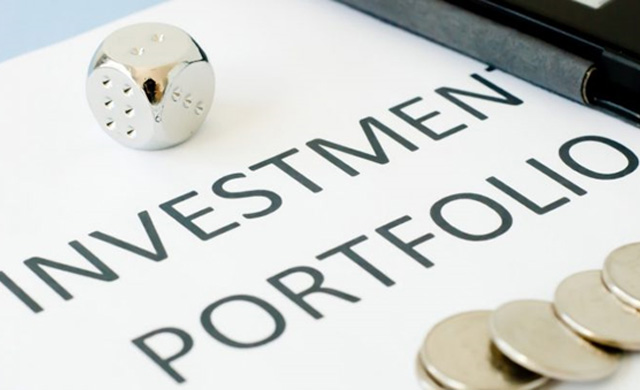What ECB members were trying to avoid has come true: the EU has entered a technical recession, with two quarters in negative territory. The reason for the dubious achievement has been the sharp rise in energy prices, cuts in public and household spending, as well as falling inventories.

However, the European authorities are not panicking and expect the situation to improve in the second quarter. According to the European Commission’s updated forecasts, European GDP will grow by 1.1% in 2023 and 1.6% in 2024. The markets are also preparing for the best, but remember XAUUSD.
Overall, the global economy is forecast to grow by 2.7% in 2023 and 2.9% in 2024, thanks to lower energy prices and as China’s opening up has boosted global activity. The problem is that uncertainty remains a challenge.
As for the week ahead, markets will focus on central bank meetings. The Fed will release its monetary policy decision on Wednesday, the ECB on Thursday, and the BoJ on Friday. Any divergence from analysts’ expectations will be felt in the markets.
In the case of the US, unless Tuesday’s inflation data points to an unexpected price rise, the regulator is expected to leave interest rates as they are. As for Christine Lagarde’s institute, a 25 basis point hike is expected despite the EU’s entry into recession.
In both cases, what is essential is not the current decisions (which are probably already discounted in the markets) but the projections of future movements. Thus, the ECB chief could suggest that the end of tightening is near, given the economic slowdown.
But shrinking GDP is not the only problem: the CEO of Soros Fund Management foresees more bank failures; Ray Dalio believes the US is at the beginning of a debt crisis; and finally, the commercial real estate market is not in good shape either…

 Hot Features
Hot Features













